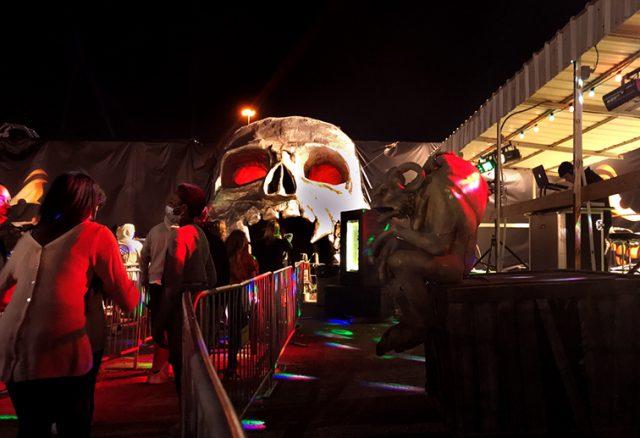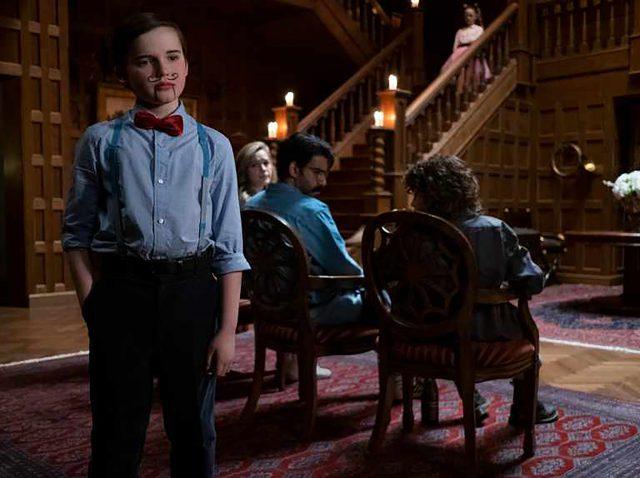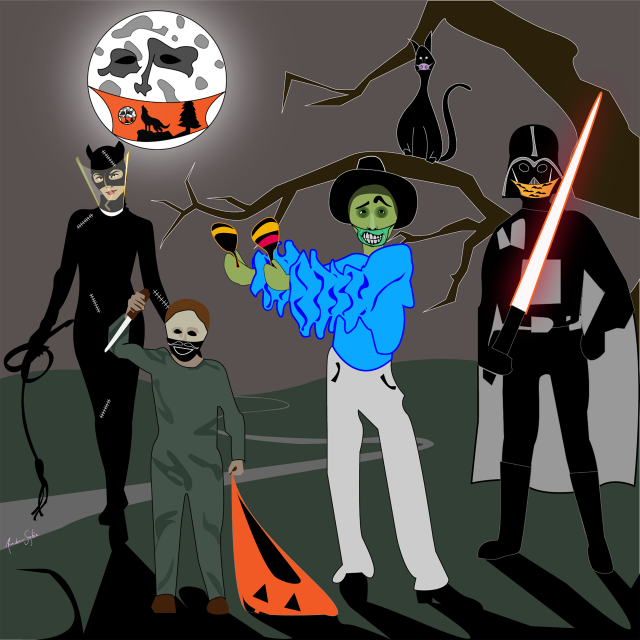Alyson Oliver
campus editor
Horror is so much more than an adrenaline rush.
Telling a scary story is the art of getting underneath the audience’s skin for hours, days, even weeks after the credits roll and the theater empties. Subtlety in horror is what does that for me.
I wouldn’t call myself a connoisseur compared to some of my long-time horror buff friends. I only started exploring the genre about a year ago. Despite my late introduction, the art of terrifying an audience has fascinated me for years.
An iconic example of this is The Shining. This film utilizes subtlety incredibly well.
It isn’t loaded with action or showy visuals. It doesn’t need to be. The premise – a family going to take care of a remote hotel all alone – is ominous in its simplicity, in its mundanity. The atmosphere, aided by thoughtful cinematography, is cold and lonely. The danger remains covert until the very end of the film, appearing as ordinary but out of place visuals and the results of prolonged isolation.
I would describe films of this style – such as The Shining, Hereditary or The Witch – as patient.
They may be slower-paced, but I’ve found that cheap scares, constant action or laying a story out too plainly can break the tension it’s meant to create. The bite of ambiguity is lost. There is still danger, but knowing and understanding it is not nearly as terrifying as the alternative.
Subtle horror allows time for the story to more naturally unfold. There are unnerving details littered throughout. The buildup humanizes the characters, for better or worse. It gives the audience a richer context that can make the conclusion that much more disturbing. And many films like this deliver endings that pack one hell of a punch.
They hit a bit closer to home, stick with you a bit longer. We haven’t all had a monster jump out at us from behind a corner, but we’ve probably all felt unnerved, isolated, trapped, out of control or terrified of the unknown.Subtlety makes for a story that you feel in your gut long after it ends.


































